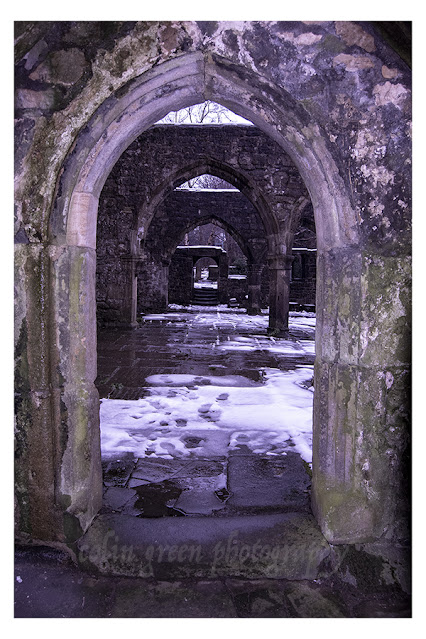The picture below is the result of a little tinkering with replacing a washed-out overcast sky in a picture I took in November 2013 with a more adventurous sunset-type sky.
The picture shows the inside of the ruined church of St. Thomas a Becket, Heptonstall, a church built on the site of an earlier one in the 15th century. The church was damaged beyond repair in the 19th century and replaced by the Church of St. Thomas the Apostle, which occupies the same grounds as its predecessor.
I took the original pre-edited version of the picture on November 16, 2016 with a Samsung Galaxy Tablet; it can be seen un-watermarked on Clickasnap by clicking the image. The link opens in another window.
Thanks for looking, please take a moment to share and follow me on social media. You can also check out my Zazzle stores via the links in the sidebar. I also have a sales profile on Photo4Me.
The picture remains the copyright of Colin Green.









































